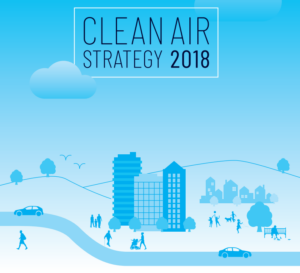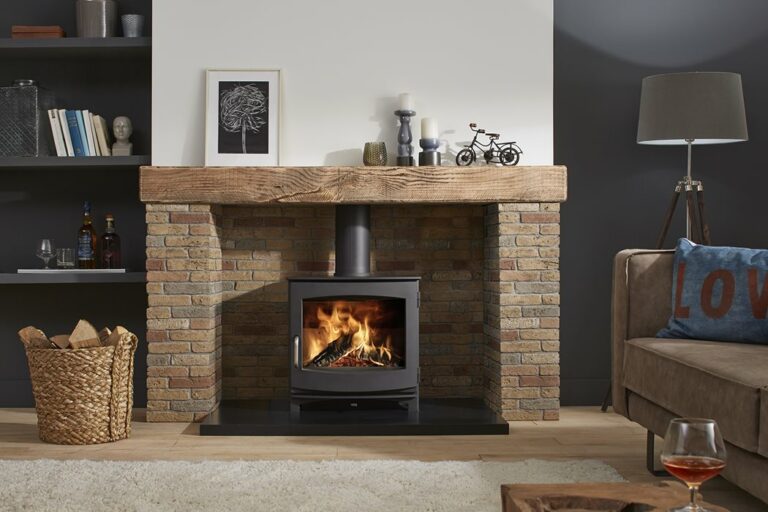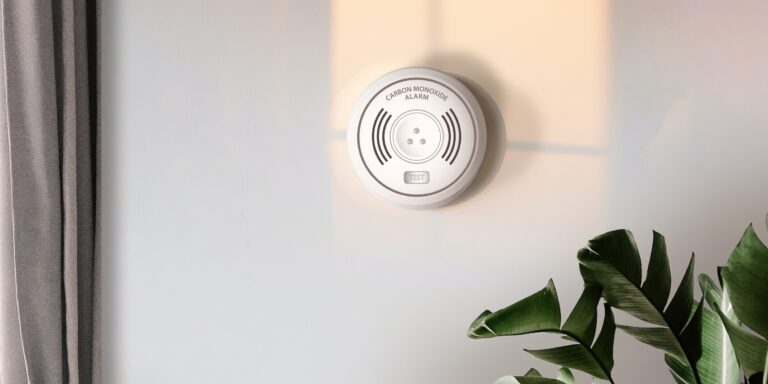
Defra’s Clean Air Strategy
Defra’s Clean Air Strategy
 On the 22nd May the Environment Secretary Michael Gove published a Clean Air Strategy which aims to cut air pollution and save lives, backed up through new primary legislation. Here we demystify the strategy and look beyond the misleading headlines.
On the 22nd May the Environment Secretary Michael Gove published a Clean Air Strategy which aims to cut air pollution and save lives, backed up through new primary legislation. Here we demystify the strategy and look beyond the misleading headlines.
The new strategy, which is now out for consultation, is a key part of Defra’s 25 Year Plan to leave our environment in a better state than we found it. HETAS and Woodsure have been consulting with Defra for some time now and once again Defra has clarified they are not looking to ban stoves.
This draft of the Clean Air Strategy outlines ambitions relating to reducing air pollution in the round, making our air healthier to breathe, protecting nature and boosting the economy. In this draft strategy, they set a clear direction for future air quality policies and goals. The strategy sits alongside three other important UK government strategies: Industrial Strategy, Clean Growth Strategy and the 25 Year Environment Plan. The Clean Air Strategy can be viewed in full by clicking here.
There are national emission reduction commitments for overall UK emissions of five damaging air pollutants. These are:
- fine particulate matter (PM2.5)
- ammonia (NH3)
- nitrogen oxides (NOX)
- sulphur dioxide (SO2)
- and non-methane volatile organic compounds (NMVOCs)
The announcement highlighted one area of particular concern is burning wood and coal to heat a home which contributes 38%* of UK emissions of damaging particulate matter. Cleaner fuels and stoves produce less smoke, less soot and more heat. In future only the cleanest domestic fuels will be available for sale. The Woodsure Ready to Burn scheme has been identified by Defra as the label to assist consumers in identifying firewood that is suitable for use.
*38% of UK primary PM emissions come from burning wood and coal in domestic open firesand solid fuel stoves, 12% comes from road transport (e.g. fuel related emissions and tyre and brake wear)10 and a further 13% comes from solvent use and industrial processes11 (e.g. steel making, brick making, quarries, construction). Between 1970 and 2016 primary PM10 emissions fell by 73%, and primary PM2.5 emissions fell by 78%. However, emissions of PM10 and PM2.5 have been relatively stable since 2009. The aim is to reduce emissions of PM2.5 against the 2005 baseline by 30% by 2020, and 46% by 2030.
The strategy sets out a number goals with a couple specific to our sector and can be viewed in full in Chapter 6 (from page 50) of the strategy. These include:
- Point: 6.3.1 New powers for local government
Smoke control areas are specific areas, designated by local councils, where it is illegal to allow smoke emissions from the chimney of your building. In these areas you can only burn authorised fuels or use an appliance (e.g. a stove) which has been exempted for use in the area. Local authorities have advised that awareness of, and compliance with, smoke control area legislation is low and that few people make the link between domestic burning and air pollution. Some local authorities are working to raise awareness of smoke control areas and to re-assess their boundaries. However, they have told us that smoke control areas can be hard to enforce. That is why in future we will focus on a nationwide approach to smoke control which can be built upon as appropriate by local authorities. We will give local authorities powers to go further in areas of high pollution, for example exploring what further steps government can take to enable local authorities to encourage ‘no burn days’ during high-pollution episodes.
- Point 6.3.2: Ensuring only the very cleanest stoves can be bought and installed
In 2022 new, tougher emissions standards will come into effect for all new domestic stoves. This will raise the standard of appliances across the whole country. These more stringent emission limit requirements for solid fuel appliances will need to be coupled with a more effective approach to testing. The government is consulting with UK industry and test houses on an approach that will better reflect the way appliances are used in people’s homes.
- Point 6.3.3: Ensuring only the cleanest fuels are available for sale
We will simplify and update legislation to protect consumers so that only the cleanest fuels are available for sale. In January this year, government issued a Call for Evidence on domestic burning of house coal, smokeless coal, manufactured solid fuel and wet wood sold in small quantities for immediate use. The purpose was to identify appropriate action on wood which would enable people who buy wood in large quantities and season it at home to continue to do so, but to reduce the sale of wood that has not been seasoned or dried, which is highly polluting when burned. In addition, we wished to understand the impact of phasing out the sale of the most polluting mineral fuels, such as bituminous house coal or high-sulphur smokeless fuels. We will be taking the evidence and views submitted to develop a final proposal for legislative changes, and potential exemptions, which will be consulted upon in the summer. High sulphur content fuels are harmful to human health and the environment. They also cause damage to stoves and chimneys. At present the sulphur content of solid fuels is limited to 2% in smoke control areas but not elsewhere. It is hard for consumers to identify at point of sale whether a product is high sulphur or not. Government intends to extend this 2% sulphur limit nationwide to ensure that consumers are protected against cheaper, dirtier alternatives. In addition, new fuels are now entering the market made from a variety of wastes and recycled products. The government wishes to encourage innovation, but it is essential that all products are safe to use and that consumers understand what they are buying. Government will work with industry to identify an appropriate test standard for new solid fuels entering the market.
Biomass boilers are also addressed in the strategy.
The strategy identifies a number of voluntary initiatives that industry has undertaken to address concerns over air pollution from wood burning. These include Woodsure’s Ready to Burn, The SIA Ecodesign Ready scheme (administered by HETAS) and the Burnright campaign.
The strategy summarises actions to reduce emissions from domestic burning, clearly identifying there is no intention to ban wood burning stoves.
- Legislate to prohibit sale of the most polluting fuels.
- Ensure that only the cleanest stoves are available for sale by 2022.
- Give new powers to local authorities to take action in areas of high pollution, bringing legislation into the 21st century with more flexible, proportionate enforcement powers.
- Work with industry to identify an appropriate test standard for new solid fuels entering the market.
- Ensure that consumers understand what they can do to reduce their impact from burning.
HETAS will continue to work with Defra and industry to drive forward policy and reduce air pollution from wood burning. So what happens next? We met with Defra last week and will continue to keep you updated on progress. Additionally Defra would like your views on the actions being proposed to reduce air pollution and its effects, and to hear whether you have any further suggestions. Have your say at https://consult.defra.gov.uk/environmental-quality/clean-air-strategy-consultation/consultation/.
The Clean Air Strategy can be viewed in full by clicking here.
In recent months the HETAS team has produced guidance for our registrants, including the following:
Stay tuned to the HETAS website and social media channels for regular updates. Click here to get in touch with the team.



